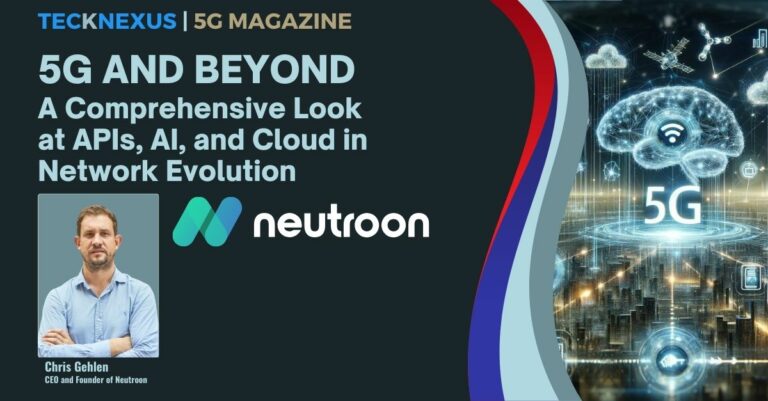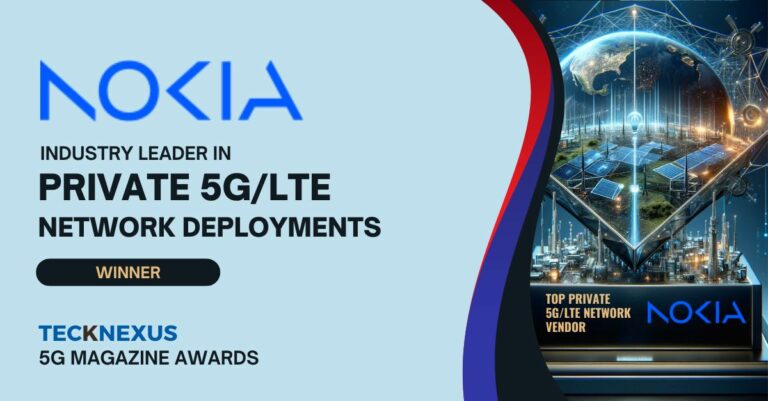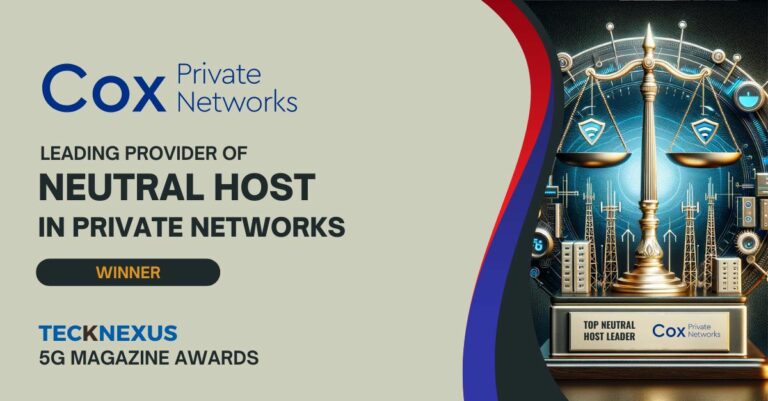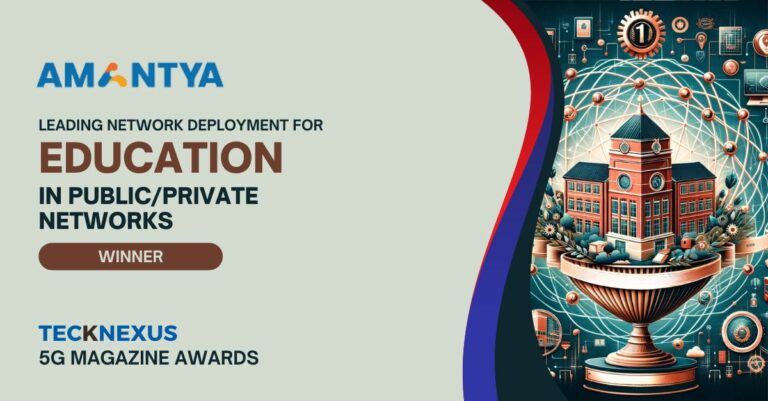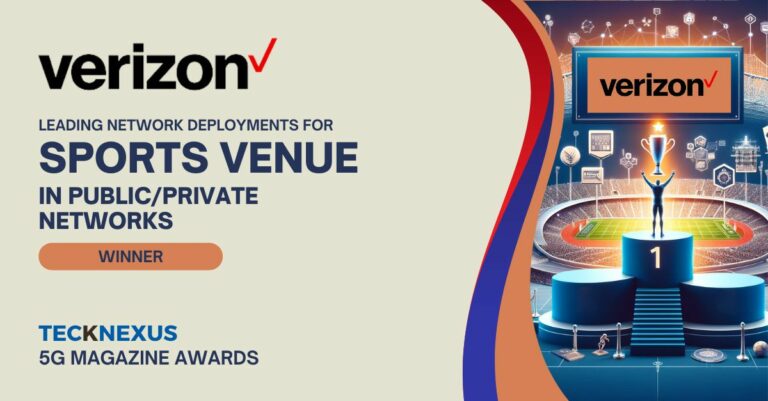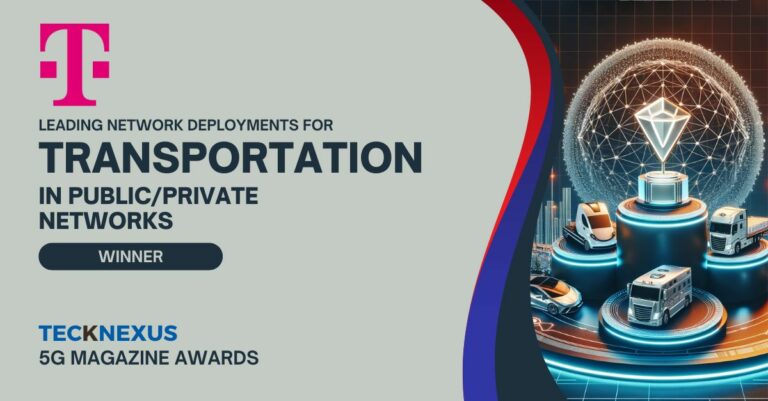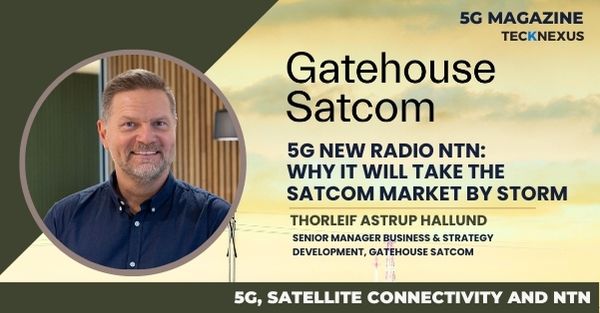See the architecture diagram in the 5G Magazine.
The above diagram shows different layers forming a complete automotive ecosystem. The top layer is a software-defined car consisting of a vehicle, vehicle mobile edge infra, central ECU, vehicle sensors and IoT networks, infotainment, CV2X platforms, vehicle OTA platforms, and cloud-native centralized EEA. They are all integral parts of the next-generation cars.
Multiple networks interface inside the car based on regulatory aspects. The car interfaces with smart city networks and hyper-scalar networks to access some of the specific cloud-based applications. All those areas need different layers of support. E.g., 5G connectivity for infotainment from the MNO, CV2x connectivity from RSUs and infrastructure vendors. There is a possibility of combining two or more boxes and building a cost-effective solution.
The CV2X RSU piece and the 5G RAN can coordinate from the 5G network connectivity side. The county smart city network consisting of smart security, smart traffic infra, smart city, and other smart city services can provide connectivity from another side. All these components need coordination to converge into a single-edge infrastructure.
Additionally, coordination with the marketplace hyper scalars like AWS, Azure, Google, and others related to mobility service, infotainment, automotive app, advanced analytics, industrial cloud, enhanced autopilot, and OTA platforms is also required. All four layers need to coordinate, operate, and cooperate to build a real ecosystem and smart service like CV2X. This would be possible when multiple SDOs like 3GPP, SCF, ORAN, 5GAA, and county network providers work together under a common orchestration or automation framework.
A federated AI/ML engine on the top can coordinate across the layers to allow for data monetization and federated learning – that is the goal. Different SDOs, at their own capacity, are doing their level best, but coordination and cooperation are the mantras of success, especially in enabling the CV2X.



